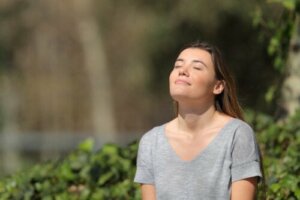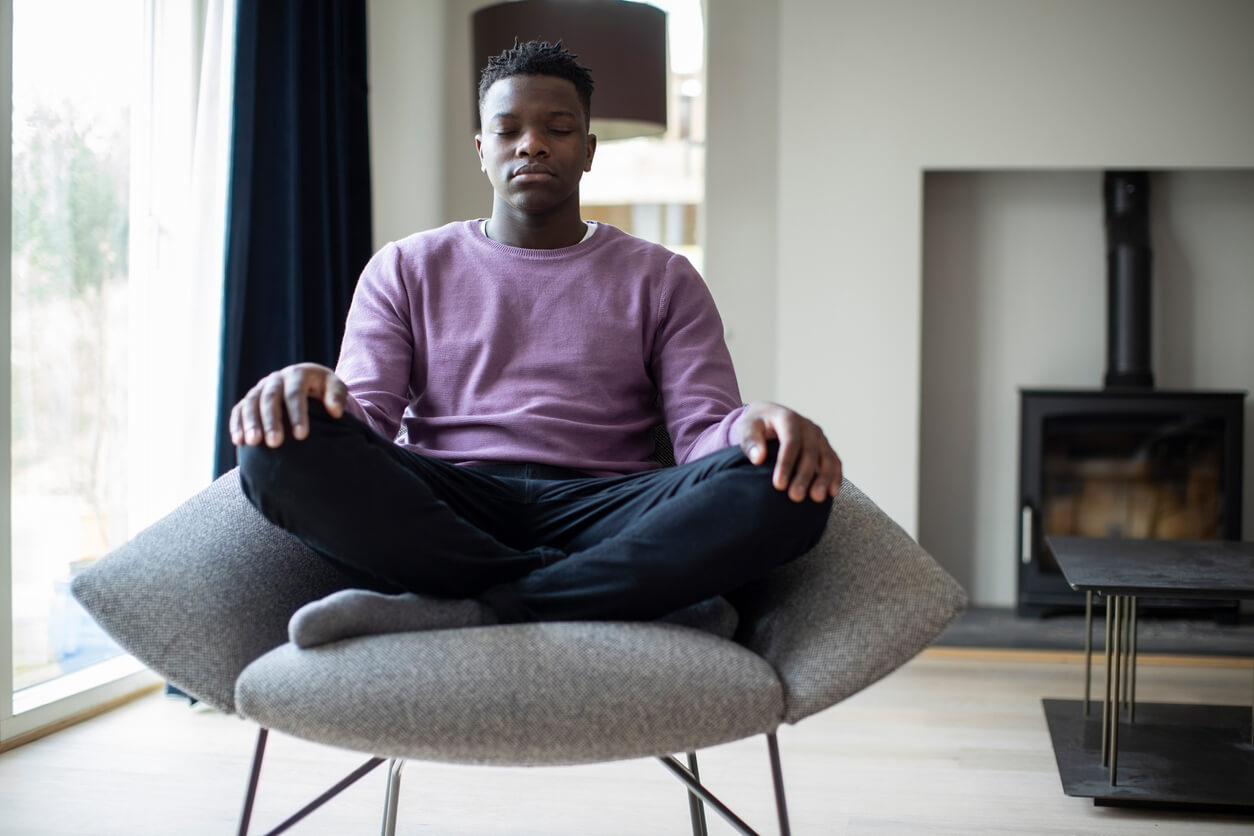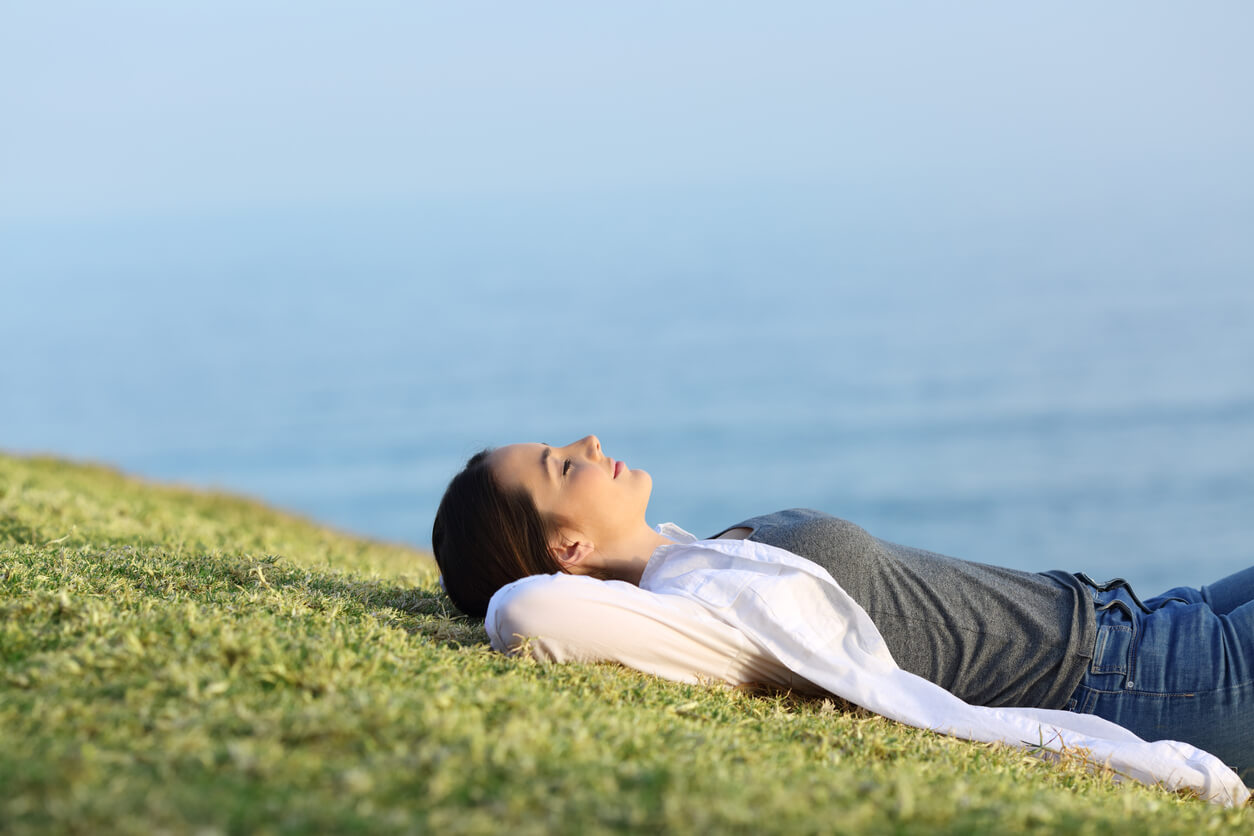Four Relaxation Techniques for Teens


Written and verified by the psychologist Elena Sanz Martín
During adolescence, young people may be exposed to multiple stressful situations. These might range from the pressure to perform academically, to the need to fit in with their peers, to the attempt at establishing their own identity. Moreover, at this age, they experience everything with great intensity. Thus, relaxation techniques can be useful in helping them manage these states of discomfort.
Tension and stress can affect young people on many levels. They reduce their ability to concentrate, favor the appearance of interpersonal conflicts, and can even lead to physical pain and psychosomatic discomfort. Relaxation techniques are simple tools that can be practiced on a daily basis to prevent this from happening.
Some relaxation techniques for teens

Relaxation techniques are beneficial at any age. However, adolescents, because of their greater cognitive development, already have the ability to practice certain strategies that wouldn’t be appropriate for children. For instance, they can opt for some of the following alternatives.
Diaphragmatic breathing
As a general rule, and especially when we’re in stressful situations, we tend to take short, shallow breaths, using only 30 percent of our respiratory capacity. This exercise teaches the teen to breathe more deeply and slowly, increasing oxygenation and favoring a state of physical and psychological calm.
To put it into practice, they should place one of their hands on their chest and the other on their abdomen. When breathing in, they should try to make the air reach the lower part of the lungs, causing the diaphragm to swell. When exhaling, their belly deflates and contracts progressively, following a slow breathing cadence.
This technique can be used to reduce anxiety at specific moments. Furthermore, it can be practiced every day in order to obtain better results.
Progressive muscle relaxation
Progressive muscle relaxation aims not only to relax the body but also to help the young person differentiate between the bodily sensations of tension and relaxation. In this way, they can easily detect stress at the body level and act to reduce it.
It involves creating a route along the body in which they tense the different muscle groups for five seconds and then relax them for 15 seconds. They can start with their toes and work their way up to their head, or proceed in reverse. When they’ve mastered the technique, they’ll be able, at any time of day, to relax only the muscles in which they feel tension.
Visualization
Visualization consists of finding a quiet space and imagining a relaxing and peaceful scenario. When visualizing, the teen must involve all their senses in the mental scene they create. They must experience the smells, colors, touch, and sounds of the place where they imagine themselves to be.
They might want to recreate a natural landscape. For instance, a beach, a forest, or any other location that transmits calm and tranquility. They stay there, breathing calmly. There are apps that provide guided visualizations in order to achieve this effect more easily.
Mindfulness
Mindfulness simply means focusing attention on the present moment. In this way, the mind is cleared of thoughts and worries, and a state of inner calm is achieved.

The easiest way for the teen to practice mindfulness is by sitting quietly, closing their eyes, and focusing their attention on the stimuli of the moment. They concentrate on their breathing, the beating of their heart, and the sounds outside. When their mind wanders and thoughts try to burst in again, they simply need to bring their attention back to the present.
Some young people find this difficult, especially the first few times. They may find it more appealing to practice mindfulness while taking a walk in the countryside or while mentally repeating a calming word or mantra.
What are the best relaxation techniques for teens?
No one relaxation technique for teens is better than another. In fact, it depends on the personality and needs of each individual. Those with a more vivid imagination may be more comfortable with visualization. On the other hand, those with more physical tension may prefer muscle relaxation. They simply need to identify which one suits them best.
Whichever technique they choose, they must persevere and continue with it. Without a doubt, any of the above-mentioned strategies can help reduce tension and stress in the moment. However, for the greatest long-term benefits, they need to be adopted as daily habits.
During adolescence, young people may be exposed to multiple stressful situations. These might range from the pressure to perform academically, to the need to fit in with their peers, to the attempt at establishing their own identity. Moreover, at this age, they experience everything with great intensity. Thus, relaxation techniques can be useful in helping them manage these states of discomfort.
Tension and stress can affect young people on many levels. They reduce their ability to concentrate, favor the appearance of interpersonal conflicts, and can even lead to physical pain and psychosomatic discomfort. Relaxation techniques are simple tools that can be practiced on a daily basis to prevent this from happening.
Some relaxation techniques for teens

Relaxation techniques are beneficial at any age. However, adolescents, because of their greater cognitive development, already have the ability to practice certain strategies that wouldn’t be appropriate for children. For instance, they can opt for some of the following alternatives.
Diaphragmatic breathing
As a general rule, and especially when we’re in stressful situations, we tend to take short, shallow breaths, using only 30 percent of our respiratory capacity. This exercise teaches the teen to breathe more deeply and slowly, increasing oxygenation and favoring a state of physical and psychological calm.
To put it into practice, they should place one of their hands on their chest and the other on their abdomen. When breathing in, they should try to make the air reach the lower part of the lungs, causing the diaphragm to swell. When exhaling, their belly deflates and contracts progressively, following a slow breathing cadence.
This technique can be used to reduce anxiety at specific moments. Furthermore, it can be practiced every day in order to obtain better results.
Progressive muscle relaxation
Progressive muscle relaxation aims not only to relax the body but also to help the young person differentiate between the bodily sensations of tension and relaxation. In this way, they can easily detect stress at the body level and act to reduce it.
It involves creating a route along the body in which they tense the different muscle groups for five seconds and then relax them for 15 seconds. They can start with their toes and work their way up to their head, or proceed in reverse. When they’ve mastered the technique, they’ll be able, at any time of day, to relax only the muscles in which they feel tension.
Visualization
Visualization consists of finding a quiet space and imagining a relaxing and peaceful scenario. When visualizing, the teen must involve all their senses in the mental scene they create. They must experience the smells, colors, touch, and sounds of the place where they imagine themselves to be.
They might want to recreate a natural landscape. For instance, a beach, a forest, or any other location that transmits calm and tranquility. They stay there, breathing calmly. There are apps that provide guided visualizations in order to achieve this effect more easily.
Mindfulness
Mindfulness simply means focusing attention on the present moment. In this way, the mind is cleared of thoughts and worries, and a state of inner calm is achieved.

The easiest way for the teen to practice mindfulness is by sitting quietly, closing their eyes, and focusing their attention on the stimuli of the moment. They concentrate on their breathing, the beating of their heart, and the sounds outside. When their mind wanders and thoughts try to burst in again, they simply need to bring their attention back to the present.
Some young people find this difficult, especially the first few times. They may find it more appealing to practice mindfulness while taking a walk in the countryside or while mentally repeating a calming word or mantra.
What are the best relaxation techniques for teens?
No one relaxation technique for teens is better than another. In fact, it depends on the personality and needs of each individual. Those with a more vivid imagination may be more comfortable with visualization. On the other hand, those with more physical tension may prefer muscle relaxation. They simply need to identify which one suits them best.
Whichever technique they choose, they must persevere and continue with it. Without a doubt, any of the above-mentioned strategies can help reduce tension and stress in the moment. However, for the greatest long-term benefits, they need to be adopted as daily habits.
All cited sources were thoroughly reviewed by our team to ensure their quality, reliability, currency, and validity. The bibliography of this article was considered reliable and of academic or scientific accuracy.
- Jacobson, E. (1938). Progressive muscle relaxation. J Abnorm Psychol, 75(1), 18. https://is.muni.cz/el/phil/podzim2017/PSX_111/um/Jacobson_Progressive_muscle_relaxation_eng.pdf
- Gawain, S. (1991). Visualización creativa. Sirio.
- Sanz, E. (2020, mayo 27). Paseos y meditación, dos grandes aliados del bienestar. Recuperado febrero de 2021, de https://lamenteesmaravillosa.com/paseos-y-meditacion-dos-aliados-bienestar/
This text is provided for informational purposes only and does not replace consultation with a professional. If in doubt, consult your specialist.








